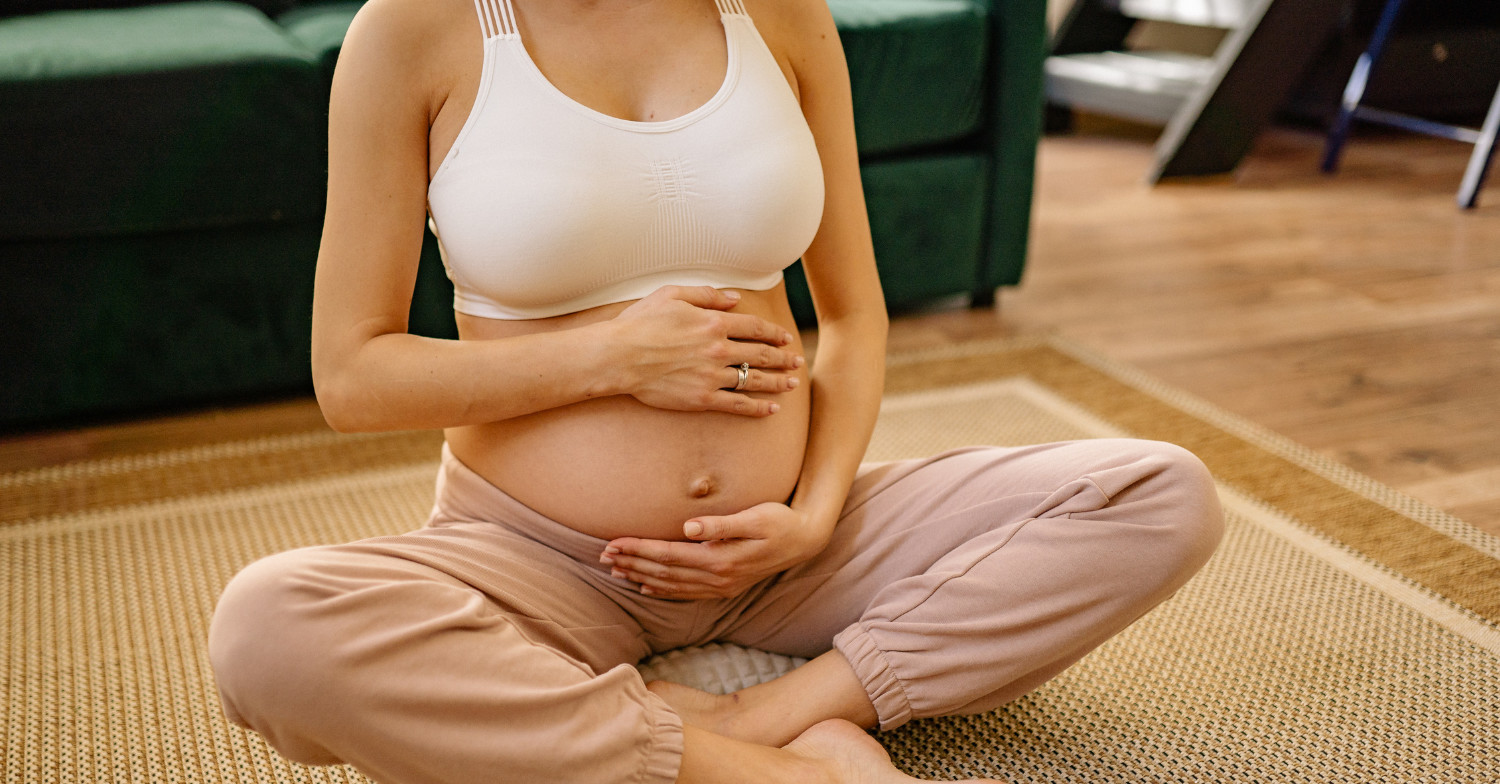
What to Expect During a Pregnancy Massage: A Comprehensive Guide
Pregnancy is a time of tremendous change, and while it brings joy and anticipation, it can also bring physical discomfort and stress. To help manage these challenges, many expectant parents turn to pregnancy massage. This therapeutic practice is tailored specifically to meet the needs of pregnant people and can offer relief from the physical and emotional strains of pregnancy. If you're considering a pregnancy massage, understanding what to expect can help you make the most of your experience.
1. Preparation and Consultation
Before your massage, you'll have a consultation with your therapist. This is a crucial step where you'll discuss your medical history, any pregnancy-related concerns, and specific areas of discomfort. Your therapist will use this information to tailor the massage to your needs and ensure that it is safe for you and your baby.
2. Safe Positioning
One of the key differences between a regular massage and a pregnancy massage is the positioning. Traditional massage positioning isn't always suitable for pregnancy, especially as the pregnancy progresses. Most therapists use special pillows or cushions designed to accommodate your growing belly. These pillows allow you to lie on your side, which is a common and comfortable position during pregnancy. Alternatively, you might use a semi-reclining position or sit in a chair, depending on your comfort level and stage of pregnancy.
3. Gentle Techniques
Pregnancy massage involves techniques that are adapted to be gentle and supportive of your changing body. The massage typically focuses on relieving areas of tension and discomfort, such as the lower back, hips, and legs. Your therapist might use a variety of techniques to help ease muscle tension and improve circulation. It's essential that the massage pressure is tailored to your tolerance to avoid any undue stress on your body.
4. Hydration and Comfort
Hydration is vital before and after your massage. Drinking plenty of water helps your body process the massage and can reduce the likelihood of feeling sore afterwards. Additionally, make sure you communicate with your therapist throughout the session about your comfort level. If you experience any discomfort or have specific areas that need more attention, don’t hesitate to let them know.
5. Benefits of Pregnancy Massage
Pregnancy massage offers numerous benefits that can enhance your well-being during this special time. Some of the key benefits include:
Reduced Back Pain: As your belly grows, it can put a strain on your back. Massage can help alleviate this pain by reducing muscle tension and improving posture.
Decreased Swelling: Pregnancy massage can improve circulation and reduce fluid retention, which often leads to swelling in the hands, feet, and ankles.
Stress Relief: The relaxing nature of a massage can help reduce stress and promote overall relaxation, which is beneficial for both you and your baby.
Improved Sleep: Many people find that massage helps them sleep better by easing physical discomfort and promoting relaxation.
Enhanced Mood: The soothing effects of massage can also boost your mood and contribute to a more positive emotional state by assisting the body in releasing endorphins.
6. Post-Massage Care
After your massage, it's essential to take some time to relax and let your body adjust. Avoid strenuous activities and make sure to stay hydrated. Some people may experience mild soreness, similar to how you might feel after a workout, but this should subside within a day or two. If you have any concerns or unusual symptoms, it’s always best to consult with your healthcare provider.
7. Choosing the Right Therapist
Selecting a qualified and experienced massage therapist is crucial for a safe and effective pregnancy massage. Look for therapists who are certified in prenatal massage and/or have experience working with pregnant clients. You can also ask for recommendations from your doctor, chiropractor, physiotherapist or any other health practitioner. A good therapist will be attentive to your needs and provide a customized experience that ensures both comfort and safety.
8. When to Schedule a Pregnancy Massage
The timing of your pregnancy massage can vary based on your needs and comfort. Many people start receiving massages in their second trimester, once the risk of miscarriage is lower and they are more comfortable with the changes in their bodies. However, massages can be beneficial at any stage of pregnancy. Frequency of treatments is dependent on your comfort level, as well as recommendations from your massage therapist. Typically, massage is on an as needed basis until about 30 weeks, after which you may wish to seek more frequent treatments for symptom management.
9. Considerations and Precautions
While pregnancy massage is generally safe, there are a few considerations to keep in mind. If you have certain medical conditions, such as high blood pressure, preeclampsia, or a history of preterm labor, consult with your healthcare provider before scheduling a massage. Additionally, if you experience any sudden changes in symptoms or health concerns, be sure to inform your therapist and seek medical advice if needed.
Conclusion
Pregnancy massage can be a wonderful way to support your body and mind during this transformative period. By understanding what to expect, you can ensure a positive and beneficial experience. From the initial consultation to the post-massage care, being
informed and communicating openly with your therapist will help you make the most of this therapeutic practice. Whether you seek relief from physical discomfort or simply want to unwind, a pregnancy massage can be a valuable addition to your prenatal care routine.



